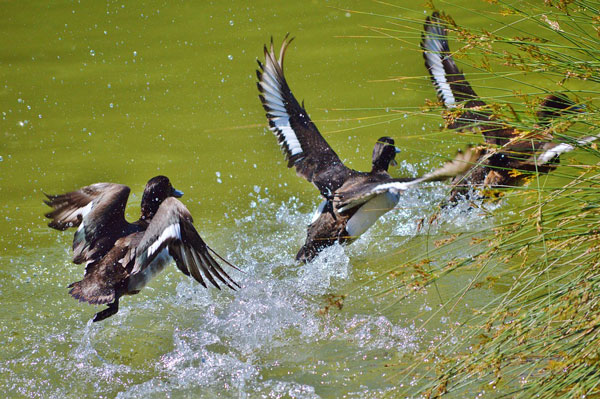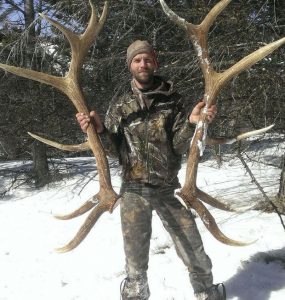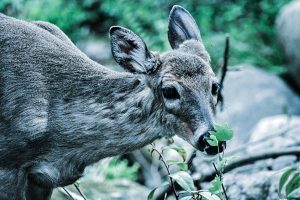The results of North Dakota’s annual mid-July waterfowl production survey are in and they are not as encouraging as many duck hunters would have hoped. Counting broods across many areas of the state, biologists create what is known as a brood index which simply indicates the number of broods per square mile.
This year’s index indicated 3.68 broods per square mile, a number that is a 5 percent decrease from last year’s numbers but remains above the average of 2.59 broods per square mile. In addition to the fact that brood numbers continue to remain above average, the overall brood size has increased by 8 percent.
Migratory game bird management supervisor Mike Szymanski noted that production was better in the northern portion of North Dakota, with northernmost routes experiencing increased counts over last year. “Moving south and east, fewer broods were observed than in 2016,” he said.
In addition to brood counts, researchers and biologists also make counts of water areas across the state, and as one can imagine, given this year’s dry conditions, the 2017 water index was a jarring 38 percent lower than last year.
“It was already starting to dry up when we did our spring survey, and the pattern continued,” Szymanski added. “It definitely affected how breeding pairs settled in the state. Temporary and seasonal wetlands were the first to be hit. Luckily, most medium-sized and larger wetlands were only starting to show stress at the time of the survey.”
Moving into the fall months, biologists will again conduct another survey similar to the summer counts to gain additional insight before the waterfowl hunting seasons kick off.
According to Game and Fish; mallards, gadwall, and blue-winged teal are the top three duck species that nest in North Dakota, and together they accounted for nearly 75 percent of the broods observed in the summer survey. Mallard brood numbers were down about 13 percent from last year, gadwalls were down about 4 percent, and blue-winged teal broods were unchanged. Blue-winged teal is typically the most prevalent breeding duck in North Dakota.




